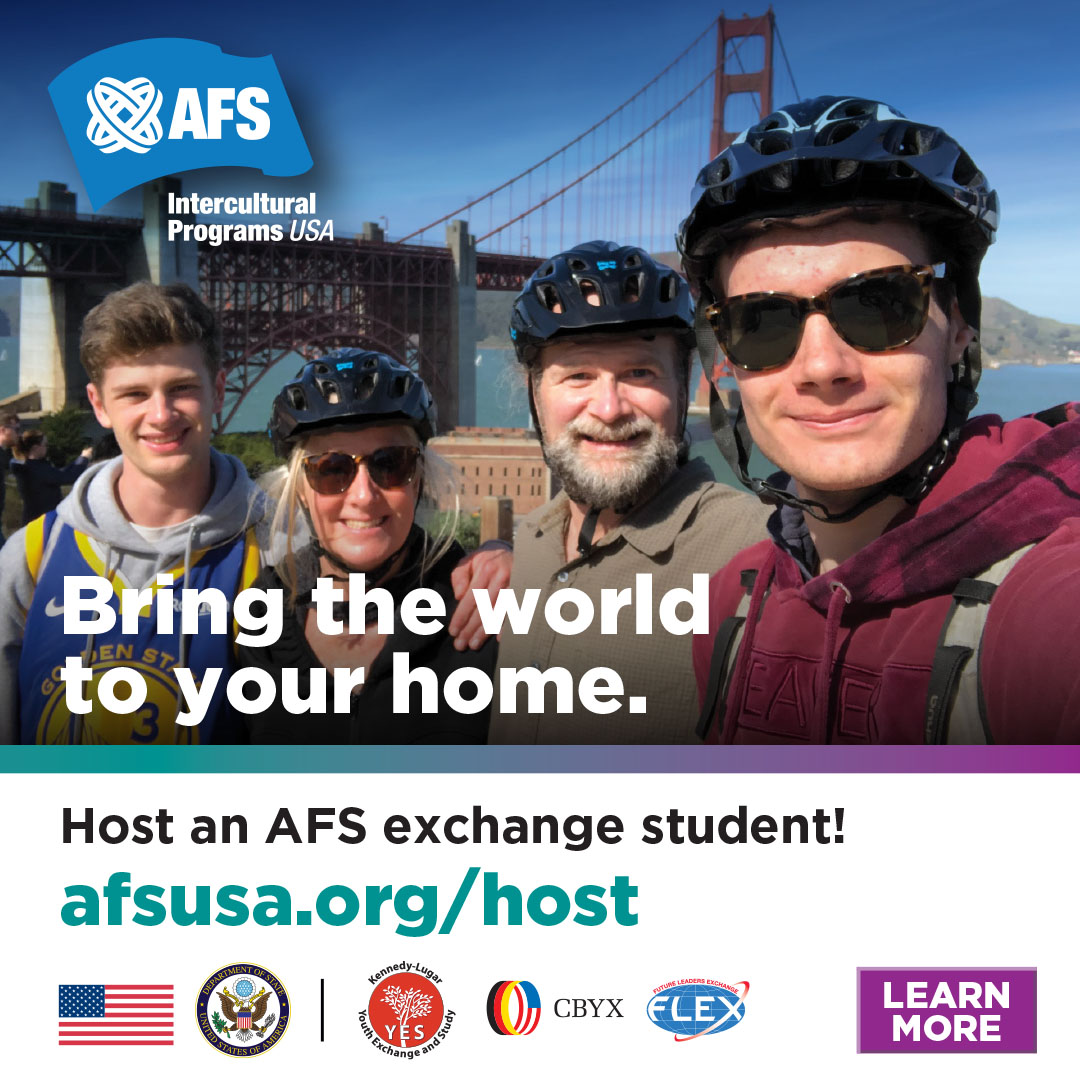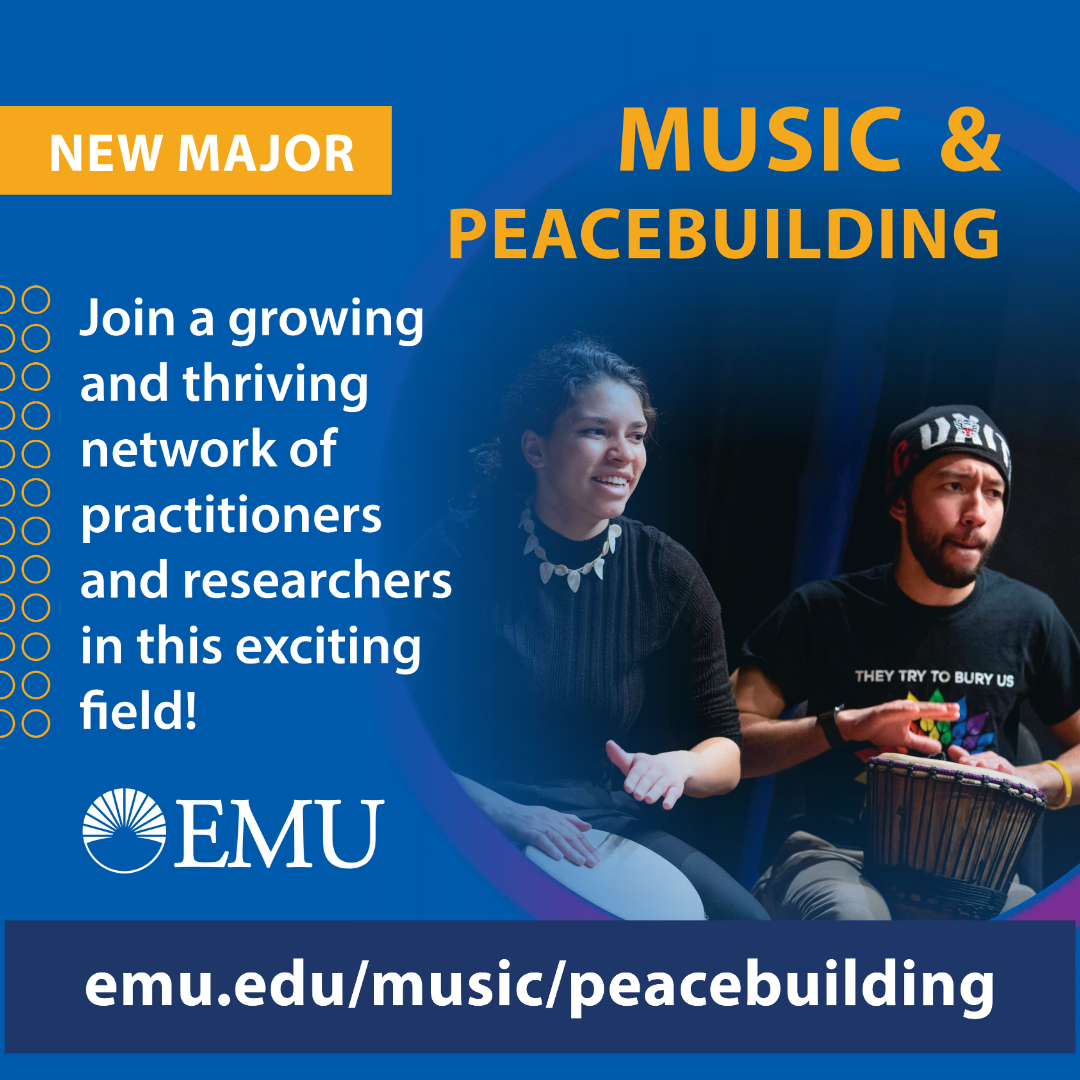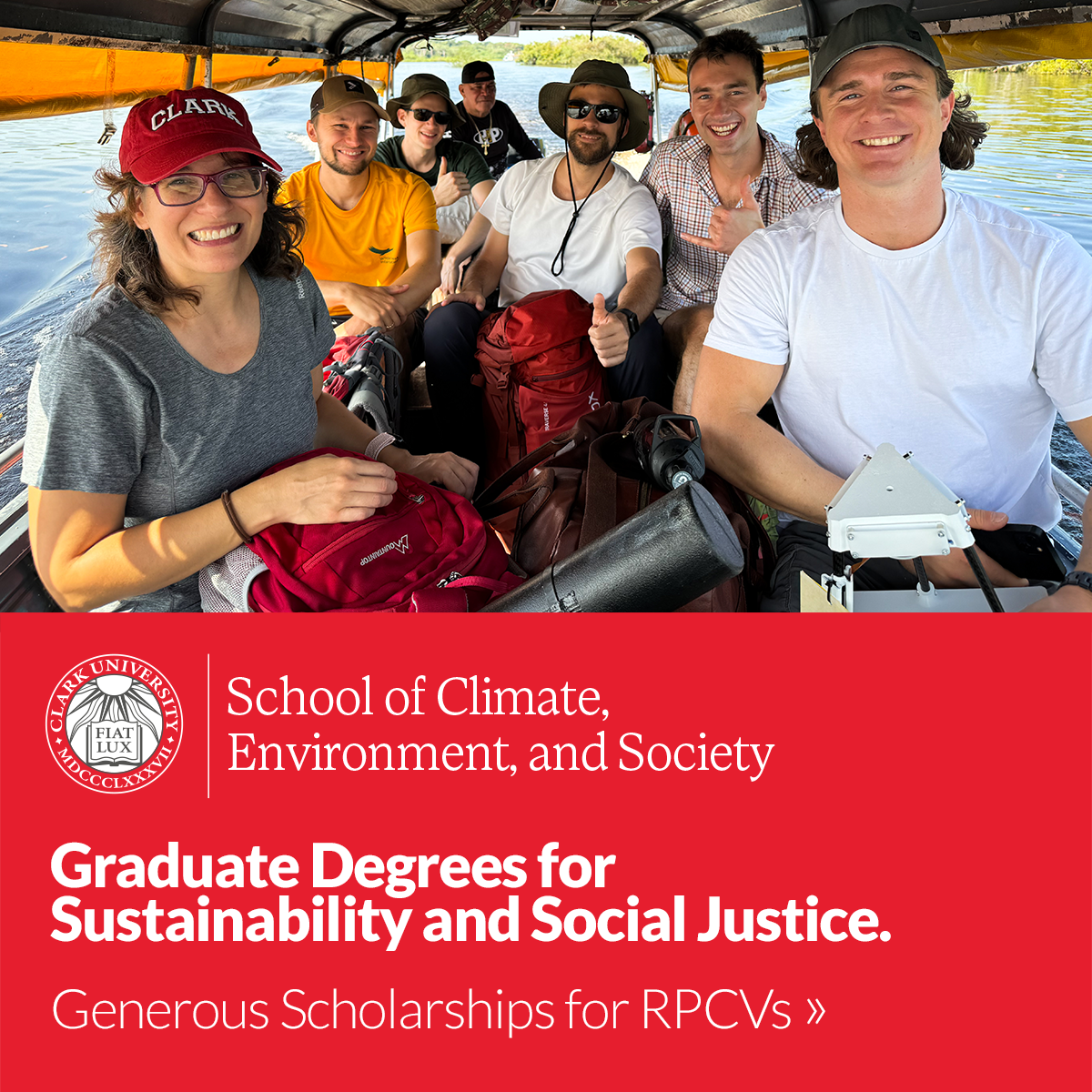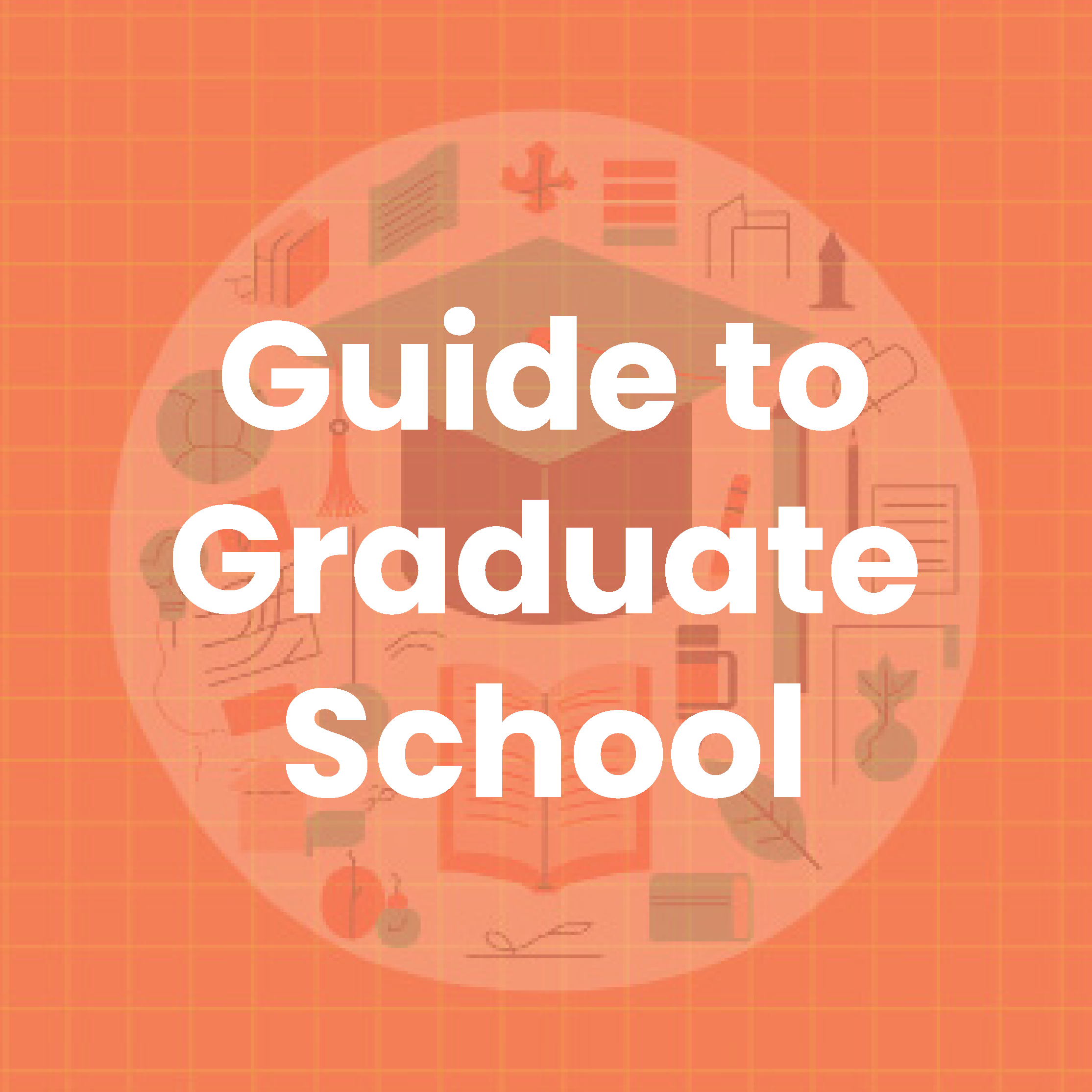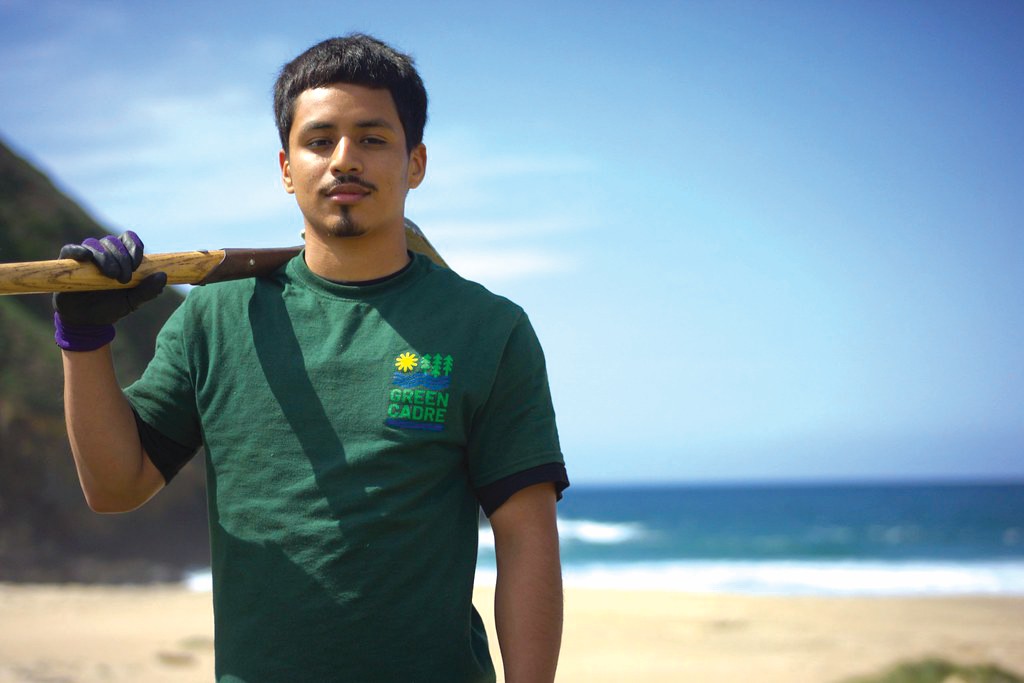
“Bigger Than Peace Corps”
Peace Corps Has a Cool Younger Cousin—And It Lives in California
California Service Corps is the largest state-based service program in the United States, and the program is on track to place more than 10,000 volunteers across the state in 2025. Indeed, California’s Governor Gavin Newsom proudly calls the program “bigger than the Peace Corps,” a comparison Josh Fryday, chief service officer of California Service Corps, says stems from the inspiration Peace Corps provides as the “gold standard” of American service opportunities. WorldView’s Robert Nolan recently spoke with Fryday about the program, how it might be replicated in other states, and what federal funding cuts to AmeriCorps, which makes up part of the program, will mean for the future of California Service Corps.
Robert Nolan: How did your experience in the armed services influence your views on national service?
Josh Fryday: It played a very formative role. Certainly when I got out of the Navy I felt strongly that our country would be a different place if everyone got to have the kind of experience that I was privileged to have. Those who serve in the Peace Corps also have that privilege—to have a mission, to have a common purpose with other people, a common goal. To be part of something that’s bigger than yourself, to be connected with others, and to actually see what can be accomplished when people work together. It’s that experience that motivated me to work on national service when I came back into civilian life and moved back to California.
RN: What’s the vision for California Service Corps?
JF: The governor [Gavin Newsom] really felt that our society has become so divided and there are so few opportunities for people to have common experiences that we needed something to bring people back together—that it was necessary for our democracy to function and also for us to actually solve some of our biggest problems. In talking with him about what we could do to bring people together, the idea of service popped to the top of the list. Not as the silver bullet, but certainly as a foundational block to get us back on track.
The contrast between what we’re seeing out of D.C. and what we’re seeing out of California could not be more clear. In D.C. they’re firing people; in California, we’re hiring people to serve, we’re going to continue to double down. We’re not going to back down, because we see the impact of these programs. —Josh Fryday
RN: The program is made up of four pillars, correct?
JF: California Service Corps really consists of four main programs. One is our College Corps program. The structure is, if you serve, if you commit to a year of service while you’re in school—450 hours—you receive $10,000 from us. And then we build in a whole bunch of training and supervising and cohort building around that. Then we have our Climate Corps, the first statewide climate corps in the country, which is creating opportunities for people to organize around climate action. Then we have a Youth Service Corps program, which is about helping create service opportunities for non-college-track youth. And finally, we run all AmeriCorps programs throughout our state. So when you add all of those together, that’s what makes up California Service Corps.
What we’re really trying to do and figure out is: How do we create programs that can actually scale? And a big part of our theory is that we need to work within and embed national service in institutions that already exist, which is why we focus so much on colleges and universities, because we can build service into the academic experience. Same thing with our Youth Service Corps. We work with mayors and cities throughout the state. So we’re able to work within the city infrastructure to meet local needs and community needs, while at the same time providing these really meaningful opportunities.
RN: What kind of participants have you been able to draw so far? I imagine it’s quite diverse.
JF: Our programs absolutely reflect the state of California, which is incredibly diverse. Our College Corps program is 50 percent Latino. Our Youth Service Corps program is bringing in youth throughout the state. What we’ve been very intentional about doing is creating service opportunities to help make college more affordable for those who are on a college track, but also create opportunities for those who aren’t, and also for those who want to make a career transition. This isn’t just for one type of person. This isn’t just for one sociodemographic or age group. It’s really a universal need, to be connected to your community and contribute in a meaningful way.
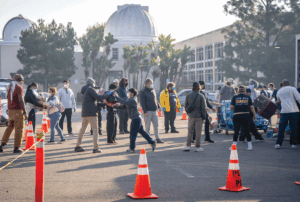
California Volunteers assist following one of many recent wildfires
RN: What about financial incentives? Is that something you’ve found success with?
JF: I have this conversation with legislators all the time who ask, “Why should we be paying for volunteerism?” And I remind them that I volunteered to serve in the military, and I got paid, and I was able to take care of my family. And because we should value service, which is a deeply American concept it’s extremely valuable in preparing the future workforce and in developing young leaders and future leaders.
If we value [service], our budget should reflect that, and we should invest in it. And that’s what we’ve done in California
RN: In the California State Legislature, is service a bipartisan issue?
JF: Absolutely. And because it is a bipartisan issue, when we launched programs like Climate Corps, we were very intentional to launch them in places like Fresno, San Bernardino, Butte County, which is where the Camp fire was, outside of Chico. These are not liberal bastions of our state. These are more rural, conservative areas. And what we’ve seen is the programs have absolutely thrived in those areas because service, again, is a universal and deeply American concept. We’ve seen that there is not only bipartisan support at the leadership level, but on the ground some of our biggest champions are Republican mayors who are seeing the impact of these programs in their communities.
RN: Is California Service Corps something that could be exported to other states?
JF: Not only do we think it, we’re seeing it. Our Climate Corps program is now in 12 other states that have created their own state-level climate corps. We also had the American Climate Corps under the Biden administration, which was modeled after the California program. It no longer exists, like many things at the federal level right now. The governor of Minnesota and the governor of New York have both put in their budgets to create their own state-level college corps programs. We’re starting to see these programs spread, and our hope is that they continue to accelerate.
RN: Funding for national and international service entities is being cut dramatically. What do you think that says about the role of service in our society?
JF: I think we’re very much, as a country and as a society, at a crossroads, where we can either be defined by division and isolation, like we’re seeing coming out of D.C., or we can be defined by a culture built on connection and compassion and community. It’s important to point out that when we talk about that kind of culture, we’re not talking about some sort of soft, kumbaya version of the world where we all hold hands and everything’s going to be OK. We’re talking about a culture that I got to experience in the military and that many Peace Corps members get to experience, which is hard and challenging, but it’s a culture where we take care of each other. It’s a culture where we protect each other. It’s a culture where we understand our common humanity, whether it’s between Oakland, California, and Fresno, California, or growing up in New York and going to Zimbabwe. Through service, we understand our common humanity.
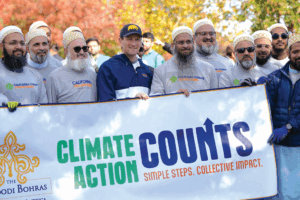
Josh Fryday marches with members of the Dawoodi Bohra Community of Los Angeles as part of the California Volunteers Climate Action Counts initiative.
RN: How will your budgets be impacted by federal cuts?
JF: We’re assessing the impacts right now, but there’s no doubt that we’re going to be impacted. But the governor’s been very clear about this, that we’re going to fight back, that we’re going to stand up for service, that we’re going to continue to make these investments here in California, and we’re going to continue to fight to say our country should be making the same investments.
RN: I’ve seen Governor Newsom talk to the press about how California Service Corps has more volunteers than Peace Corps. To what extent does the Peace Corps model play into California Service Corps?
JF: We’re absolutely inspired by it. The governor loves to talk about how we’re bigger than the Peace Corps because he, and we, think about the Peace Corps as being the gold standard. Much of our work is inspired by Sargent Shriver, who created the Peace Corps. The Sargent Shriver biography was mandatory reading that the governor gave me when I got this job. And it’s now mandatory reading for all leadership. It’s because there’s so much to learn from the incredible history of the Peace Corps, about what worked and what didn’t. We very much draw inspiration from the Peace Corps and very much hope to emulate the sense of identity that the Peace Corps has, and the sense of community that the Peace Corps has created. So, we’re very proud anytime our name gets associated with the Peace Corps.
Related Articles
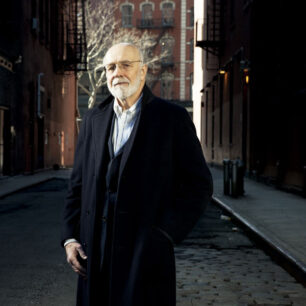
Made in America
Charlie Clifford (Peru 1967–69) is the founder of Tumi Inc., a global travel luggage brand, as well as Roam Luggage.…
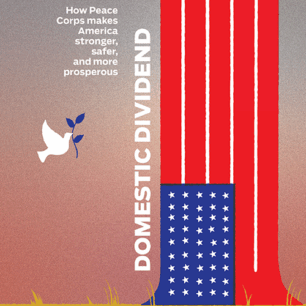
Spring/Summer 2025 Issue
This special issue of WorldView makes the definitive case for how Peace Corps makes America stronger, safer, and more prosperous.
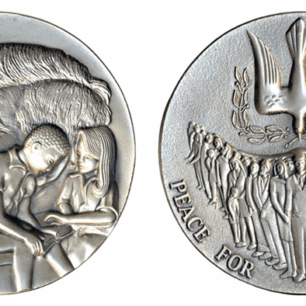
Return on Investment
As federal funding for international aid and cultural exchange programs continues to shrink, policymakers are increasingly asking whether these initiatives…
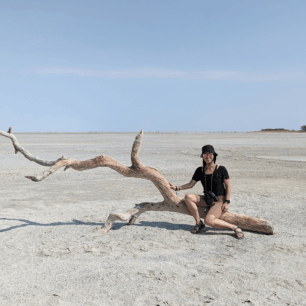
Signal Boost
The digital world is awash in voices seeking monetary reward or improved social status, as the online acronym goes, IRL…

